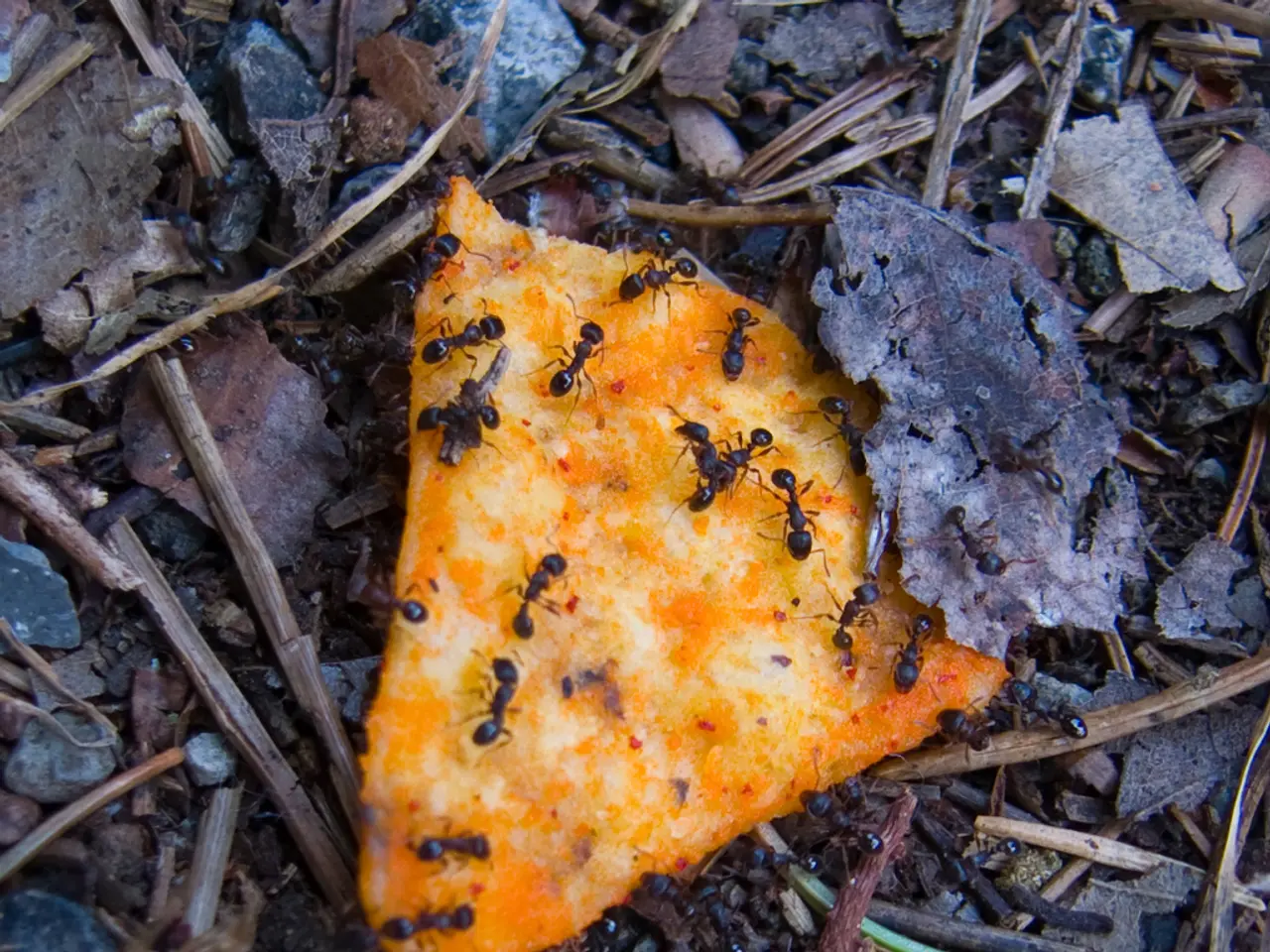Wood-chewing Ants versus Sweet-craving Ants: Timber Destroyers versus Sugar Consumers
In the world of small, six-legged creatures, two types of ants often cause concern for homeowners - carpenter ants and black ants. While both can be a nuisance, it's essential to understand the key differences between them and the risks they pose to your home.
Carpenter ants, native to Germany and other parts of Europe, can cause significant structural damage to wooden structures if left untreated. These ants are particularly prevalent in the southern and southwestern regions of Germany, where older wooden buildings and forests are common. Carpenter ants favour moist, decaying wood, often found in these areas, and they hollow out wood to build their nests, weakening the structure over time.
On the other hand, black ants are primarily a cleanliness concern and do not pose a threat to the structural integrity of your home. They are more common in various parts of Germany and are known for their ability to contaminate food and create a nuisance.
Assessing the threat level is crucial when comparing carpenter ants and black ants. Carpenter ants, with their potential to cause structural damage, require immediate attention, while black ants are more of a cleaning challenge.
To control black ants, simple measures such as sealing food containers, cleaning up food debris, using bait traps near ant trails, and applying DIY methods like vinegar spray or sealing entryways can be effective.
Detecting carpenter ants can be a bit more challenging. Look for sawdust, as carpenter ants push it out of their tunnels, and listen for rustling sounds, as these noises may indicate the presence of a colony. To control carpenter ants, consider using diatomaceous earth in suspected entry points, and if you have a large colony or visible structural damage, it's best to call a pest control professional.
It's important to note that this article was created in conjunction with AI technology, fact-checked, and edited by a website editor to ensure accuracy and clarity. Understanding the differences between carpenter ants and black ants can help you act quickly and choose the right solution for your ant problems.





